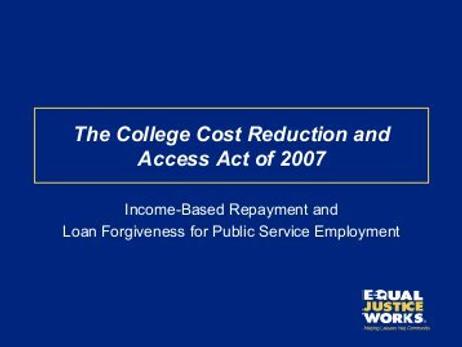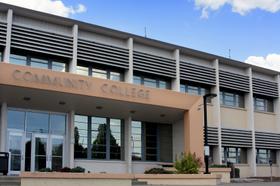Community colleges enroll between 11 and 12 million students annually, of which over 50,000 participate in intercollegiate athletics. Almost one half of community colleges have intercollegiate sports programs. Community colleges are moving toward greater participation in athletics, either by starting new programs or expanding existing programs. The programs vary considerably, both in the type and number of sports available. After discussing the regulation of community college athletics and providing some examples of athletic programs, this report examines the case for athletics in the community college setting.
National Junior College Athletic Association
The National Junior College Athletic Association (NJCAA) regulates intercollegiate athletics of community colleges. It is the community college counterpart of the National College Athletic Association (NCAA), which oversees athletics at four-year institutions. The organization's goal is to promote athletics as a valuable component of the educational experience at community colleges. The NJCAA has 530 member colleges participating in 15 men's and 13 women's sports. There are 50 national championships and nine football bowl games.
Community college students have an opportunity to participate in numerous intercollegiate sports. Presently, the following sports are sanctioned by the NJCAA:
For men and women:
- Basketball






















